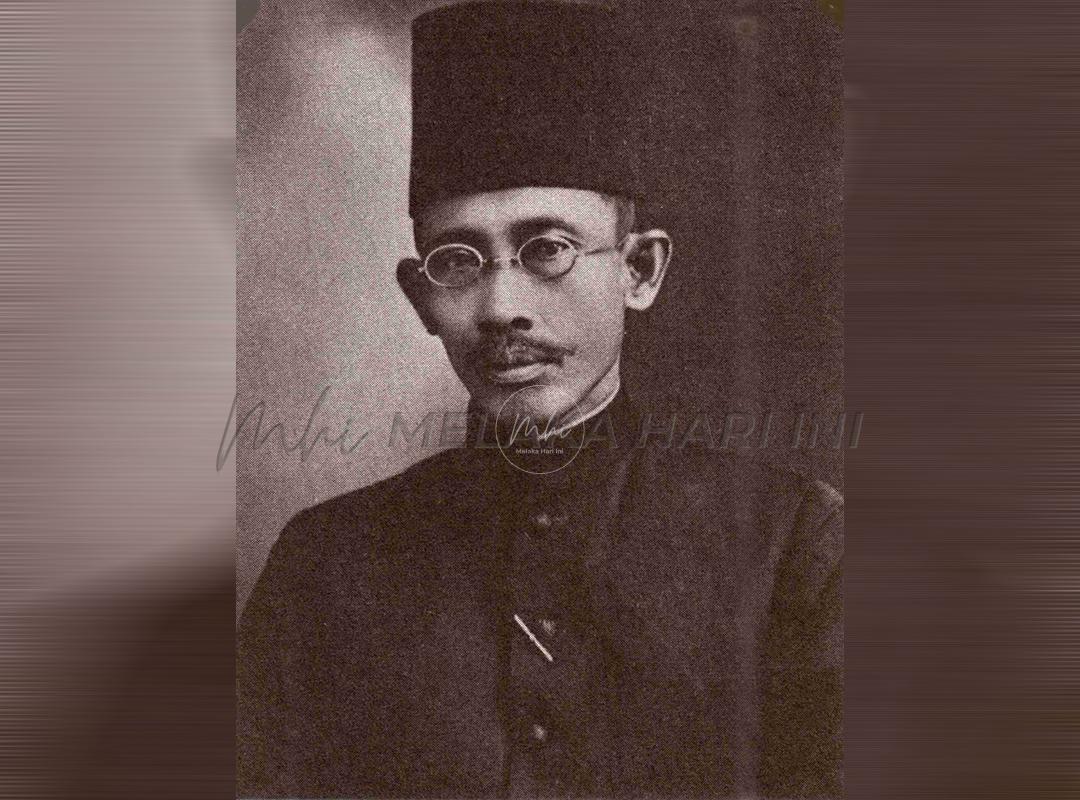
Riau-Lingga’s Rushdiah Club: Print Culture and Malay Enlightenment
THE Riau islands, especially Pulau Penyengat, the seat of the Johore-Riau kingdom until the 1800s, played a leading role as the vanguard of tradition and culture through writing and printing. It was the geographical quintessence of the origins of Malay print culture. Riau produced Raja Ali Haji (1808 – 1873), a Pulau Penyengat royalty, and a distinguished Malay scholar.
To many, the history of Riau-Lingga is obscured by many events and episodes. Culturally and historically it is far removed from Malaysia. It has become part of Indonesia. Riau was earlier within the Melaka Sultanate until 151. In 1528 it came under the rule of the Riau-Johor Sultanate. Then 1824 separated it from Johore, Pahang and Singapura, thus severing Malaysia’s intellectual landscape, historically and geographically.
The discourse on Malay intellectual traditions in Malaysia have disregarded the history of Malay societies in the proximities. We subscribe to arbitrary political boundaries, which in turn create traditions to develop a life of their own, dictated by the nationalism of nation states.
A 2012 dissertation in history and civilization titled The Role of the Rushdiah Club in the Cultural Transformation of Malay Societies during the Late 19th to Early 20th Century by Wiwin Oktasar traced what was described as an enigmatic literati-publisher of the Riau-Lingga Sultanate. The author investigated the print-centred activities of the Rushdiah Club at the end of the 19th century Riau-Lingga.
In the Rushdiah Club, we see intellectual tradition built by Raja Ali Haji. The Club inherited that tradition.
Their works revealed the printed form, rather than the manuscript. Pulau Penyengat was an early, if not the earliest centre for Malay printing. The printing presses there were used by the intelligentsia and scholars. They were aware of the power of print. The rationale behind the establishment of the Club can be traced to the political circumstances in Riau-Lingga under Dutch dominance; and meddling into local affairs.
The Rushdiah Club manifested colonial resistance in the late 1800s. Oktasari argued that it could have resonated from ulama Shaykh Ahmad al-Fatani’s Jami’iyah al-Fathaniyyah in Mekah founded in 1873. Al-Fatani’s disciples were Raja Ali Kelana and Raja Khalid Hitam. Another view held its origins to be from members of the Ahli Musywarah (consultative council) of the Riau-Lingga Sultanate. To accommodate ideas and literary activities of its members comprising scholars and ulama, the Sultan provided them with a library and printing facilities. Some have argued that the Club probably existed later between 1895 and 1905.
The organization was described through various nomenclatures – apart from Rushdiah Club, there was Rusydiah Club, Rusydiah Klab, Kelab Rusydiah and Persekutuan Rusydiah. Using its formal representation in Rushdiyyah Klāb in the Jawi script, one finds the combination of Islam and the West. ‘Rushdiah’ comes from the Arabic rashada meaning to get the guidance or right path, or from al-rushd meaning reason, mind, or the ability to know ‘the right way’, or from al-rashīd, an intellectual, scholar or thinker. ‘Club’ was either derived from English or Dutch, which carries the meaning of society or organization.
Central to the Club is the printing press. Under the club’s management there were two categories of activities using the printing press, one called the Matba’at al-Riyawwiyah (literally, Riau Printers) and the other Matba’at al-Ahmadiyyah (Ahmadiyyah Printers/or press). The latter, used for non-state publications was for public consumption. The Riau Pulau Pinang connection was seen in The Jelutong Press in Pulau Pinang. Then there was the al-Imam Printing Company Ltd in Singapura. Both radiated from the Ahmadiah Press, where the Matba’at later came to known. The Press was located at no. 101 Sultan Road, Singapura.
Among its publications were a total of 198 books on various subjects. Notably, the club created the synthesis of writer-printer, writer-publisher, writer-book seller, and writer-printer. In many cases, authors prepared their own manuscripts and printed them using the club’s printing machines. According to Hafiz Zakaria and Wiwin Oktasari in “From Riau to Singapore: A Content Analysis of the Rushdiah Clubs’s Major Published Writing (ca. 1890-1950)” in Umran (2017), from 1893 through the 1950’s the people in Riau were keen to send their manuscripts to be printed to reach a broader audience. The writers, translators and editors comprising a diverse group of Malay Archipelago ethnicities. Apart from the Riau Malays themselves, there were those from Pattani, Acheh and Minangkabau. There were also Arabs and Banjarese. Syairs and hikayats, usually written by scribes, compilers, or translators, were among those being printed.
Among the writers were Muhammad Said Haji Sulaiman, Muhammad Tahir Jalaluddin, Raja Ali Kelana, Raja Ali Haji, Sayyid Shaykh al-Hadi, and Tuan Husein Kedah al-Banjari. Some like Muhammad Said was active in the Pakatan Bahasa Melayu Persuratan Buku-buku Diraja Johor. He wrote 20 books, while 15 others was under the Pakatan Bahasa Melayu organization. The subjects were mainly Malay linguistics and grammar.
And Sayyid Shaykh al-Hadi of Al-Imam fame with 15 of his works either published by Ahmadiah or his own Jelutong Press. He was known as a reformist, the iconic Kaum Muda at that time.
Of interest are works in history, politics, law, medicine and science.. The Kitab Hadiah Kebangsaan published in 1933 was based on Muhammad Abduh’s writings. There were also the writings of Pandita Za’ba titled “Kemiskinan Orang-Orang Melayu” (The Poverty of the Malays) and “Jalan Keselamatan bagi Orang-Orang Melayu” (The Salvation of the Malays). The year 1906 saw Matahari Memancar (The Rising Sun), on the history of the Japanese people.
Four periodicals were printed under the Rushdiah Club’s presses. These are the monthy Mutiara, and Al-Imam, Al-Ikhwan and Saudara – reformist and progressive in nature. Works published by the Rushdiah Club have an audience beyond Riau-Lingga, through a network of madrasahs, schools and a literate Malay public. And the world of the syair and the hikayat continued in print, radiating enlightenment across the Malay Archipelago.
Langgani saluran Telegram kami untuk dapatkan berita-berita yang terkini.


